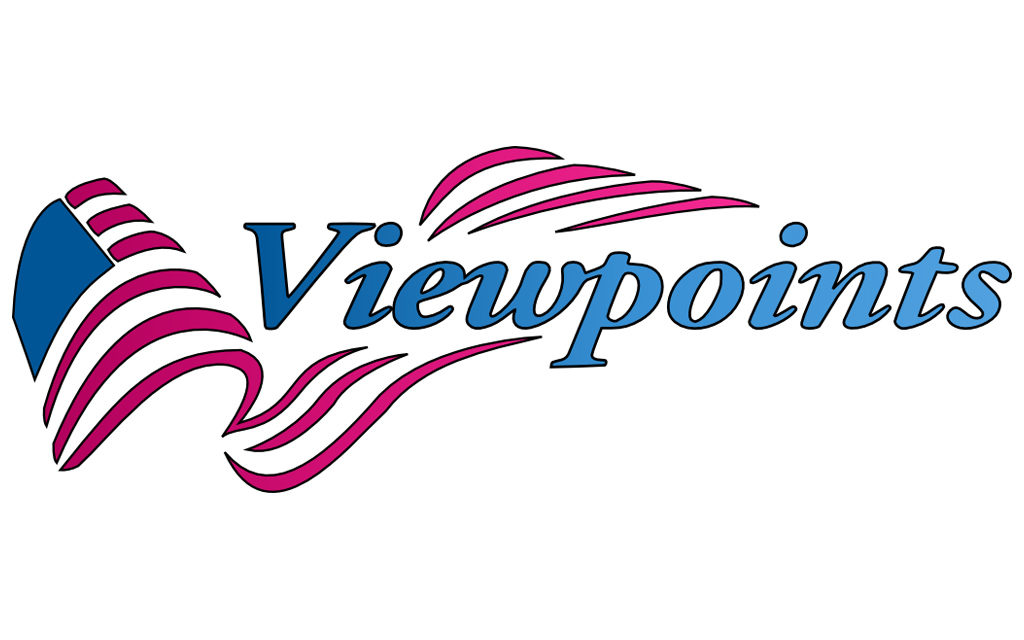By Dr. Glenn Mollette
If you have worked hard and saved money all your life you may have over $250,000 in a bank. Or, maybe one of these days you might if you keep working and saving.
You most likely know that only $250.000 of your money is federally insured. In other words, if you bank fails you might lose any amount above $250.000. Let’s say you have one half million in your bank. The assets of the bank would eventually be liquidated. If enough money was collected you might receive the rest of your half million or you might never see a penny above the federally insured amount unless you are in Silicon Valley.
The second largest bank failure in U.S. history occurred March 10 in Santa Clara, California. The Silicon Valley Bank failed after a bank run on its deposits. The Department of Financial Protection and Innovation revoked its charter and transferred the business into receivership under the Federal Deposit Insurance Corporation (FDIC).
SVB is the country’s 16th largest bank with $209 billion in assets and more than $175 billion in deposits.
A number of businesses had millions of dollars in the bank.
Roku had just under $500 million of its 1.9 billion dollars of cash assets in the bank.
Roblox, a video game company said 5% of it’s 3 billion in cash was held at SVB.
Toronto-based AcuityAds Holding had US $55 million in SVB, and just US $4.8 million elsewhere. That means more than 90% of the company’s deposits were held in SVB.
Aerospace manufacturer Rocket Lab held almost 8%, or approximately $38 million, of its total cash at the collapsed bank, it said in a Friday filing.
Crytpo lender BlockFi, which filed for bankruptcy in November, disclosed it held $227 million with SVB in a bankruptcy filing Friday. BlockFi said in November it had halted withdrawals after facing “significant exposure” to Sam Bankman-Fried’s FTX exchange, as well as its sister hedge fund Alameda.
BlockFi’s money in SVB is not FDIC-insured because it was in a money market mutual fund, the company learned from its bankruptcy trustee early this week. (Source CNN.Com)
Move the calendar from last Friday to this past Sunday.
Federal regulators stepped in Sunday March 12, to back all Silicon Valley Bank deposits, resolving a key uncertainty surrounding the second-largest bank failure in U.S. history hours before global stock markets resumed trading.
The U.S. Treasury, the Federal Reserve and the Federal Deposit Insurance Corp. said the government would back Silicon Valley Bank deposits beyond the federally insured ceiling of $250,000. The decision addressed concerns around the fate of uninsured funds held at the Santa Clara, California-based bank.
“Depositors will have access to all of their money starting Monday, March 13,” the agencies said in a joint statement Sunday evening. “No losses associated with the resolution of Silicon Valley Bank will be borne by the taxpayer.” (Source NBC.COM)
If you have a half million dollars in a bank, you might consider dividing it up into two banks. Maybe the U.S. Treasury will treat you and the people at your bank the same as the millionaires of Silicon Valley. Don’t risk your life savings on this hope.
Dr. Glenn Mollette is a graduate of numerous schools including Georgetown College, Southern and Lexington Seminaries in Kentucky. He is the author of 13 books including UncommSense, the Spiritual Chocolate series, Grandpa’s Store, Minister’s Guidebook insights from a fellow minister. His column is published weekly in over 600 publications in all 50 states.





